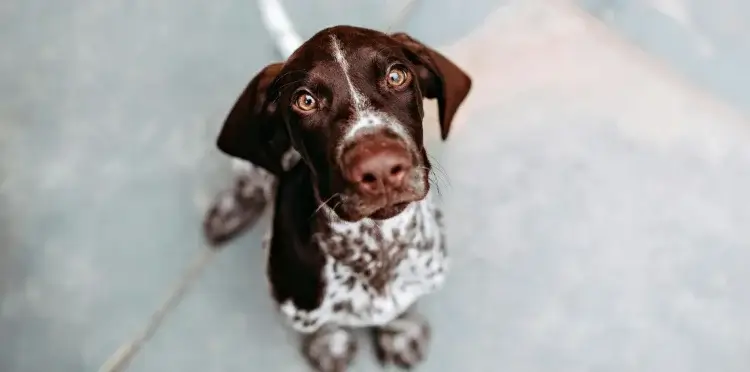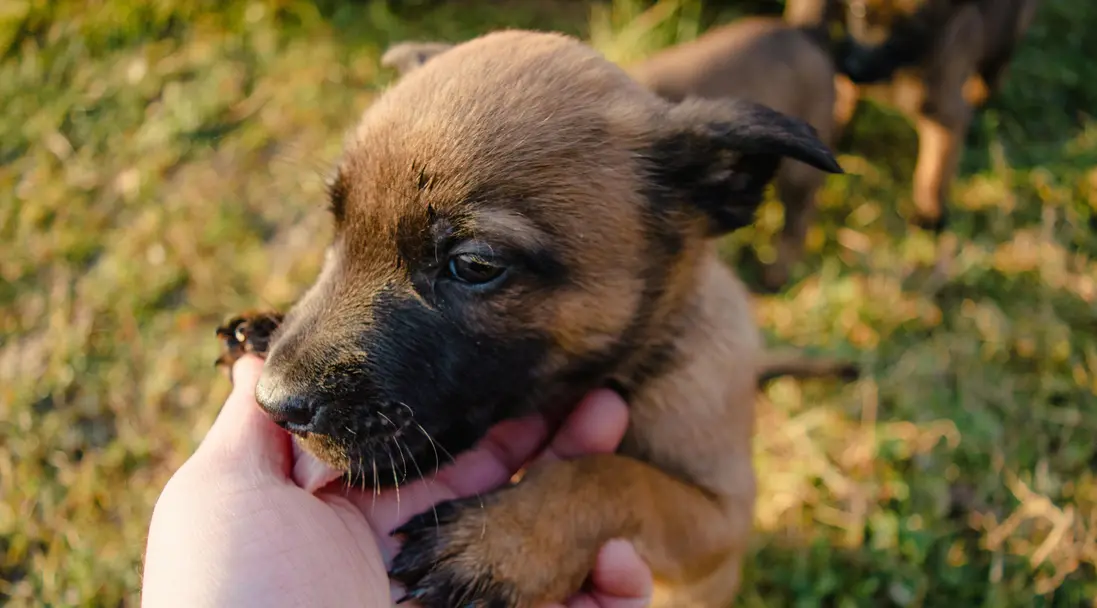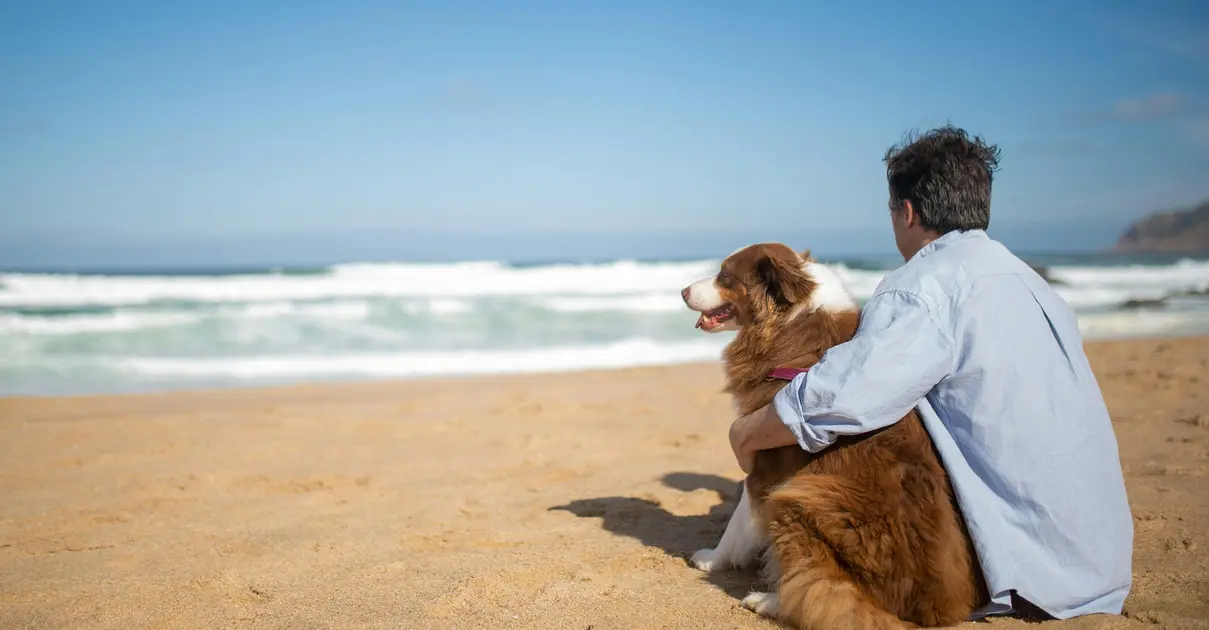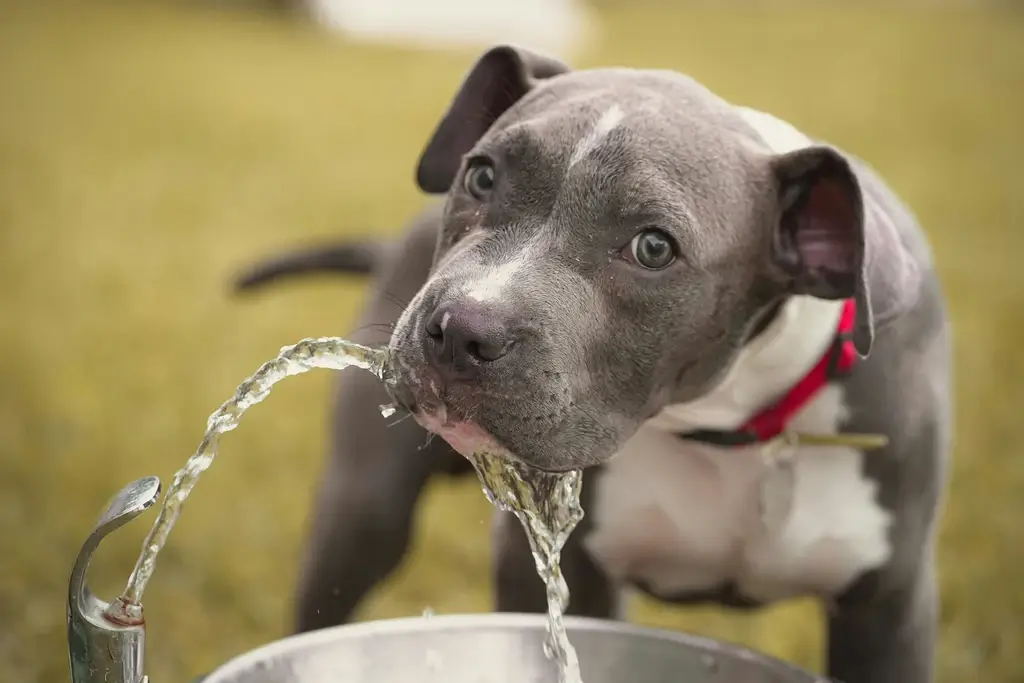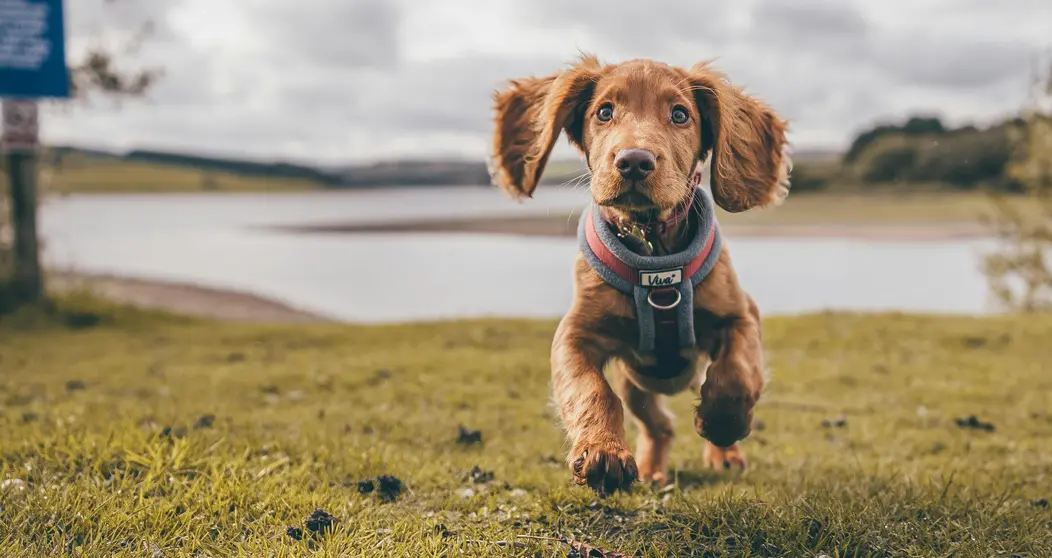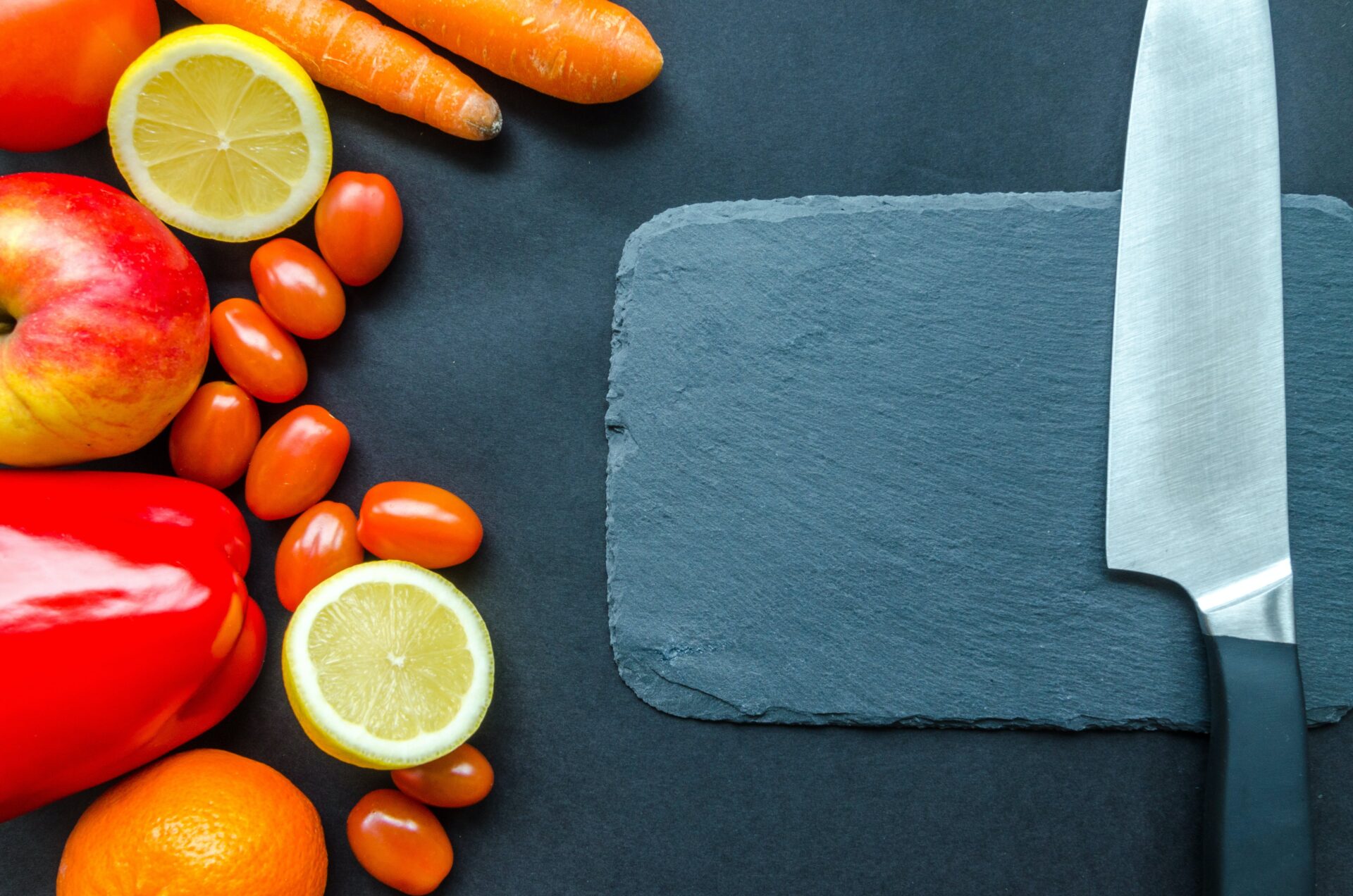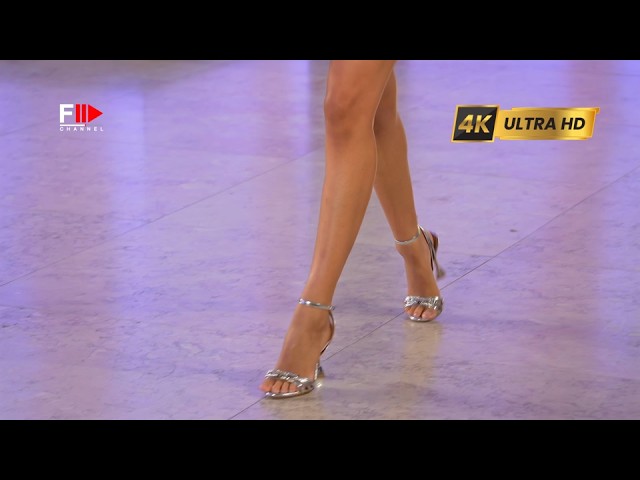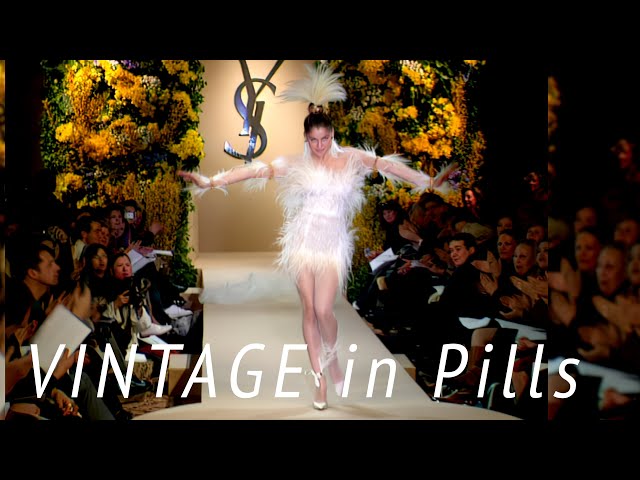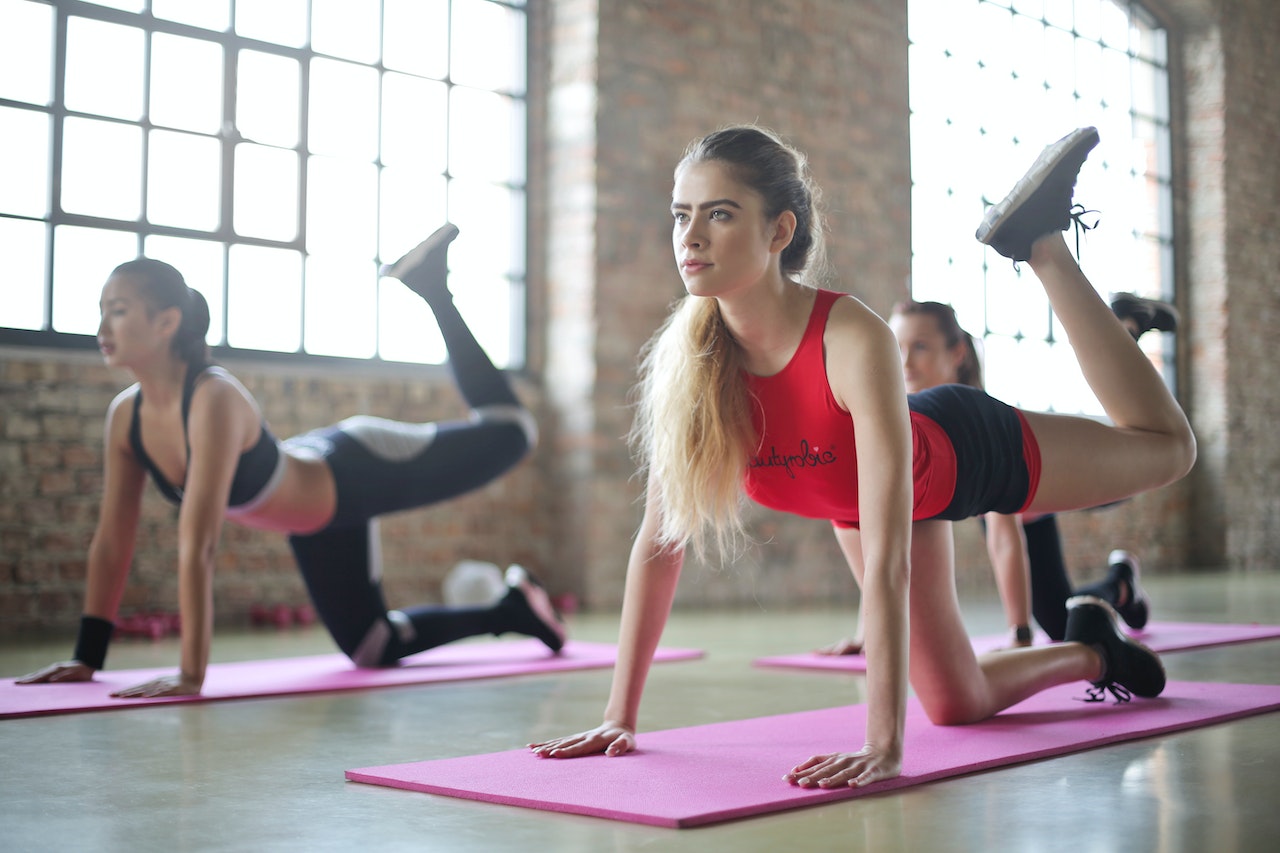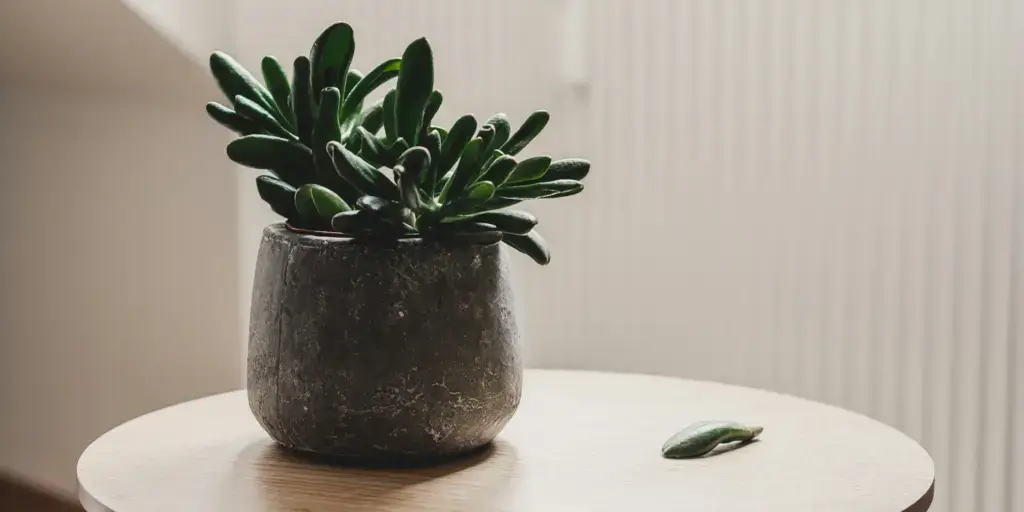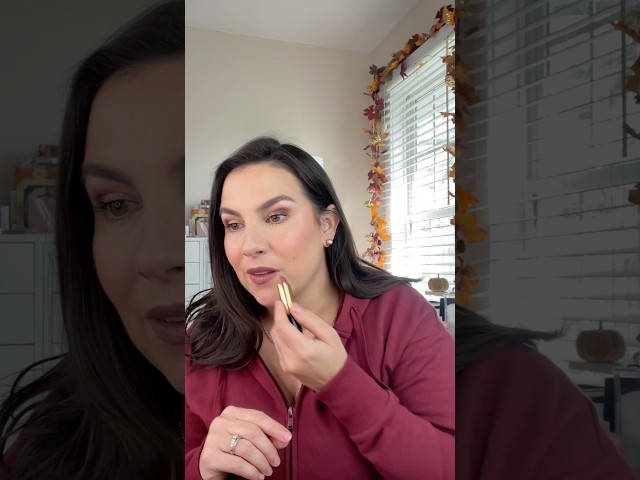Getting Started with Dog Dressure
Dog dressure, or training, can seem like a daunting task. However, with some patience, consistency, and the right techniques, you can train your dog effectively at home. Not only will this strengthen your bond with your pet, but it will also ensure their safety and well-being.
Basic Commands
- Sit: Hold a treat close to your dog’s nose, then move your hand up, allowing their head to follow the treat and causing their bottom to lower. Once they are in a sitting position, say “Sit,” give them the treat, and share affection.
- Stay: First, command your dog to “Sit.” Then open the palm of your hand in front of you, and say “Stay.” Take a few steps back. Reward with a treat and affection if they stay. Gradually increase the number of steps you take before giving the treat.
- Come: Put a leash and collar on your dog. Get on their level and say, “Come,” while gently pulling on the leash. When they get to you, reward them with affection and a treat.
- Down: Find a scent-free training area. Hold a treat in your hand, close to your dog’s nose, and move your hand to the floor. Allow their body to follow, and when they reach the ground, say “Down” and give them the treat.
House Training
House training, or potty training, is another essential aspect of dog dressure. It requires patience and a consistent routine.
Take your dog out at the same times each day: first thing in the morning, after meals and playtime, and before bedtime. Choose a bathroom spot outside, and always take your dog to that spot. Use a specific word or phrase that your dog will associate with going to the bathroom. Praise or reward them every time they eliminate outdoors.
Dealing with Behavioral Issues
Common behavioral issues such as barking, chewing, or jumping up can be mitigated through training.
- Barking: Identify what’s causing your dog to bark. Once you know the trigger, train them to be quiet by using commands like “Quiet” or “Hush.” Reward them when they follow the command.
- Chewing: Offer your dog chew toys and keep personal items away from them. If you catch them chewing something inappropriate, replace it with a chew toy and reward them when they start chewing the toy.
- Jumping up: When your dog jumps up, turn your back and ignore them. Wait for them to calm down and stay in a sit or all-fours position before giving them attention or affection.
Advanced Training Techniques
Once your dog masters the basics, you can try more advanced training techniques such as agility training, tricks, or even specific tasks such as fetching items or opening doors.
- Agility Training: Set up an obstacle course using household items. Guide your dog through tunnels, over jumps, and through weave poles. Use treats and praise to encourage them through the course.
- Fetching Items: Start with teaching your dog to fetch a toy. Use the command “Fetch,” and once they bring the toy back, use “Release” to encourage them to give it back to you. Gradually introduce other objects they can fetch.
- Advanced Tricks: Teach your dog new tricks such as rolling over, playing dead, or even dancing. Break each trick down into small, manageable steps and use treats and praise to reinforce positive behavior.
Consistency is Key
One of the most crucial aspects of dog dressure is consistency. Use the same commands and techniques every time you train. Dogs thrive on routine and understanding what is expected of them.
Training sessions should be short but frequent to keep your dog engaged and prevent boredom. Aim for multiple short sessions throughout the day rather than one long session.
Positive Reinforcement
Always use positive reinforcement during training. Reward your dog with treats, praise, or playtime when they follow your commands. Avoid using punishment, as it can create fear and anxiety, which are counterproductive to training.
Patience and Persistence
Training won’t happen overnight. Be patient with your dog and persistent with your training efforts. Celebrate small victories and remember that every dog learns at their own pace.
Incorporate training into your daily routine to ensure it becomes a habit for both you and your dog. Over time, you will see progress, and your dog will become well-behaved and obedient.
Building a Strong Bond
Training is an excellent opportunity to build a strong, trusting bond with your dog. The time you spend together will not only teach your dog good behavior but also strengthen your relationship.
Remember to enjoy the process and have fun with your dog. Training should be a positive experience for both of you.

